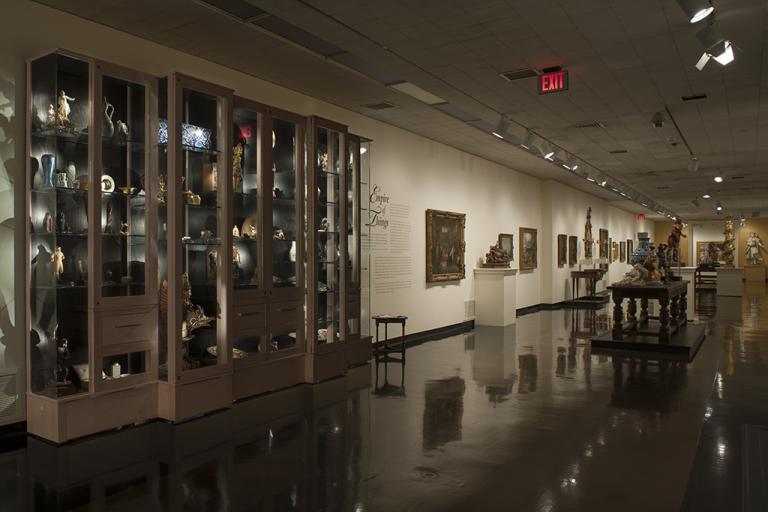head from a sarcophagus, unknown maker from Egypt
Artwork Overview
head from a sarcophagus
, circa 300 BCE, Ptolemaic period (330–30 BCE)
Where object was made: Egypt
Material/technique: limestone
Dimensions:
Object Height/Width (Height x Width): 48.5 x 44.4 cm
Object Height/Width (Height x Width): 19 1/8 x 17 1/2 in
Object Height/Width (Height x Width): 48.5 x 44.4 cm
Object Height/Width (Height x Width): 19 1/8 x 17 1/2 in
Credit line: Museum purchase
Accession number: 1962.0006
Not on display
If you wish to reproduce this image, please submit an image request








